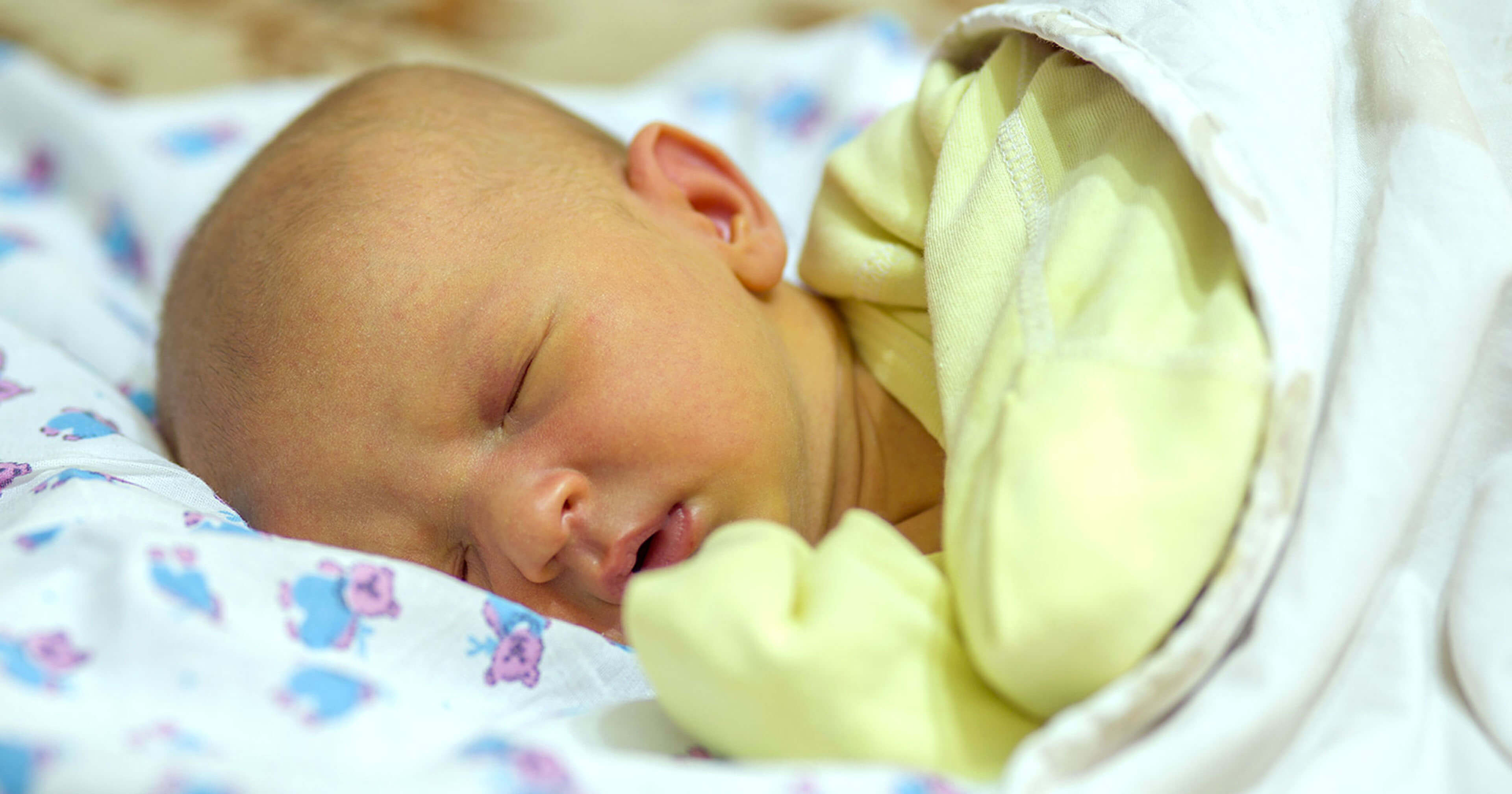Most jaundice is physiological jaundice. Jaundice in newborn babies Jaundice is the name given to yellowing of the skin and the whites of the eyes.
Babies might also be drowsy and have feeding difficulties.

Newborn baby jaundice. Around 60 of full-term newborns and 80 of preterm babies develop jaundice during the first week or two. Come by our shop and see products from the top best selling brands. Jaundice can be concerning to a lot of parents but its actually quite common and most of the time goes away on its own.
Yellowing of the palms of the hands or soles of the feet. Jaundice is a condition that can occur in newborns within 2-3 days of birth. This yellow discoloration in a newborn is called jaundice and its a common issue says pediatric gastroenterologist Kadakkal Radhakrishnan MD.
How Common Is Jaundice in Newborn Babies. Come by our shop and see products from the top best selling brands. Jaundice in newborns most commonly occurs because their livers are not mature enough to remove bilirubin from the blood.
Jaundice may also be caused by a number of other medical conditions. Physiologic jaundice is the most common form of newborn jaundice. You may notice it between 1 and 4 days after your baby is born.
Often jaundice is a common and transient physiological consequence of the babys immature liver. After birth breastfeeding moms provide colostrum as nutrition to the baby prior to mature milk. This is caused by elevated bilirubin levels in the newborns blood.
Ad At Swaddles Baby you will find selected baby gear and furniture for your little one. Physiological jaundice will resolve by. Symptoms of newborn jaundice Jaundice usually appears about 3 days after birth and disappears by the time the baby is 2 weeks old.
The medical term for jaundice in babies is neonatal jaundice. Most healthy newborns have physiological normal jaundice. It will first appear on your babys face and chest.
Jaundice is very common in newborn babies about six out of 10 newborns have jaundice to varying degrees. Jaundice is very common in newborn babies. Newborn jaundice causes your babys skin and the whites of her eyes to go a yellow colour.
Jaundice is a common and usually harmless condition in newborn babies that causes yellowing of the skin and the whites of the eyes. Newborn jaundice is very common and can occur when babies have a high level of bilirubin a. Learn what jaundice is in newborns.
Jaundice is due to an elevated level of yellowish pigment in the blood called bilirubin that forms when the. Jaundice is actually a yellowing of the skin or whites of the eyes. Newborn jaundice is a yellowing of a babys skin and eyes.
Newborn babies produce large quantities of. Visible physiologic jaundice usually appears on day 2 or 3 of life peaks at day 4 or 5 and resolves by 1 to 2 weeks of age in a full-term baby. These blood cells dont live as long so more bilirubin is made when they break down.
Jaundice normally appears first on the face and then will move down the body to the chest abdomen arms and legs. This kind of jaundice appears 24 days after the baby is born and goes away by the time a baby is 2 weeks old. It makes a babys skin and the whites of the eyes turn a yellow colour.
This happens because newborns have more blood cells than adults do. If the level of bilirubin increases the colour spreads to the body. Other symptoms of newborn jaundice can include.
Many newborn babies develop jaundice a condition in which the skin and whites of the eyes are yellowish in color within a few days after birth. Jaundice in newborn babies is very common is usually harmless and usually clears up on its own after 1014days. The babys liver plays the most important part in bilirubin breakdown.
It also tends to last longer in babies who are breastfed affecting some babies for a few months. Jaundice is caused by an excess of a chemical called bilirubin. Ad At Swaddles Baby you will find selected baby gear and furniture for your little one.
Generally all newborn babies have jaundice but its not always evident. In premature babies who are more prone to jaundice it can take 5 to 7 days to appear and usually lasts about 3 weeks. The jaundice typically starts on the face and head.

